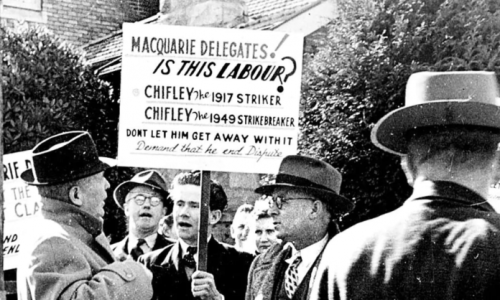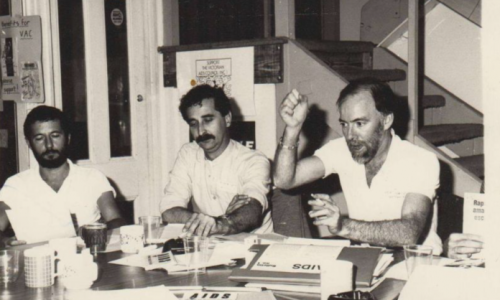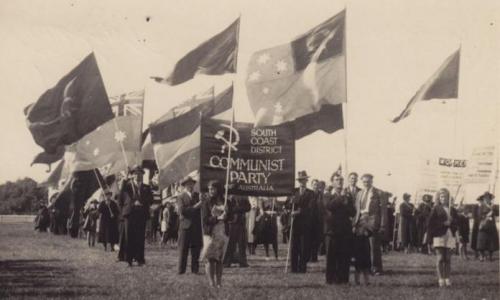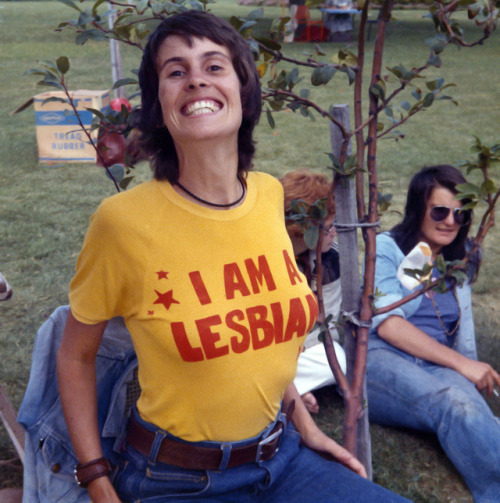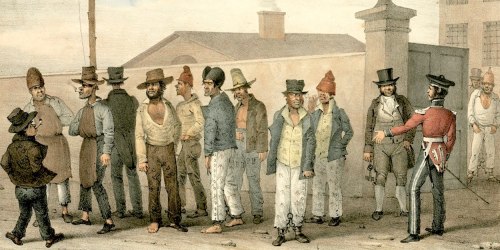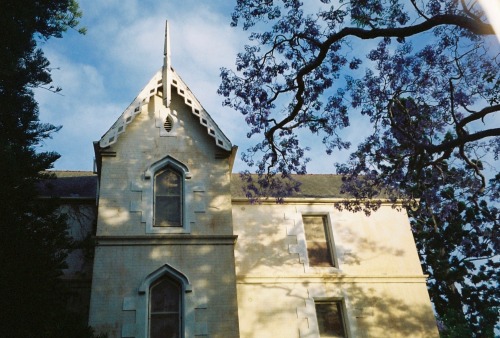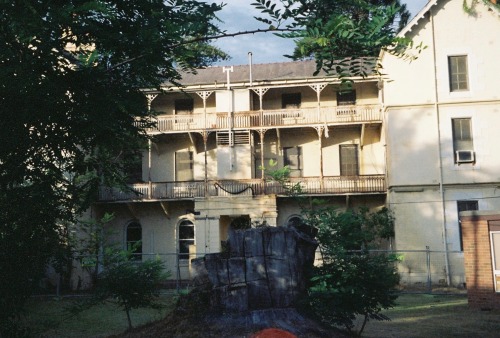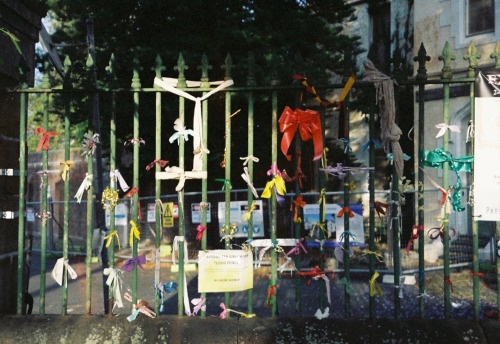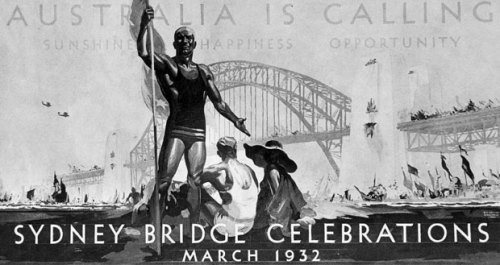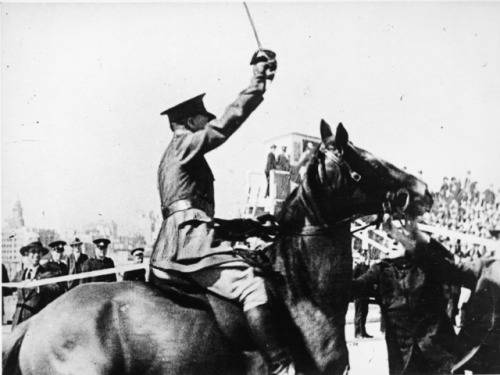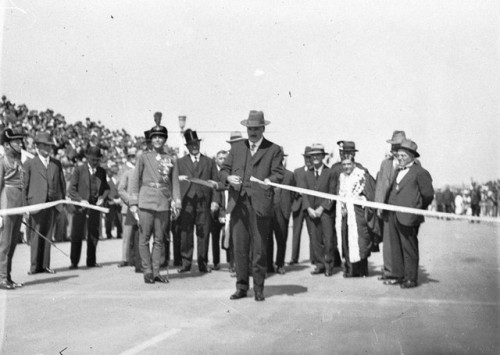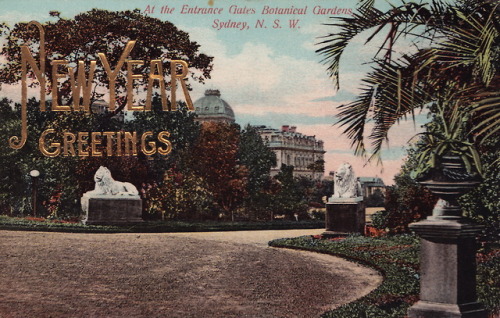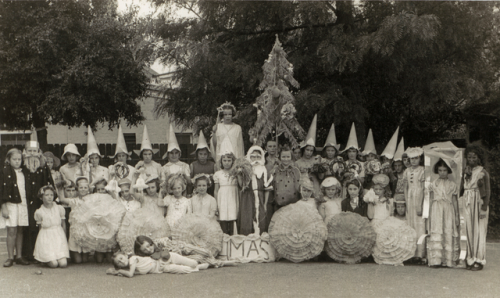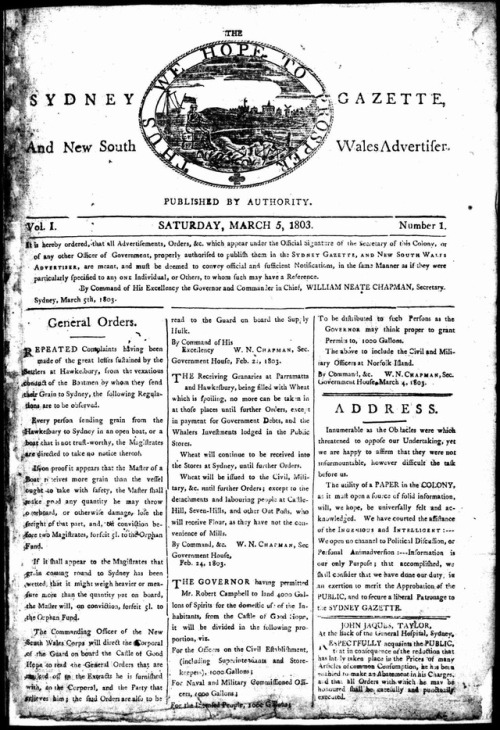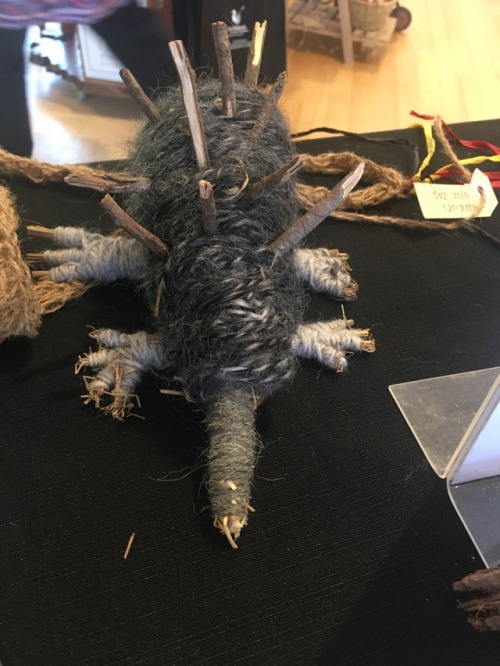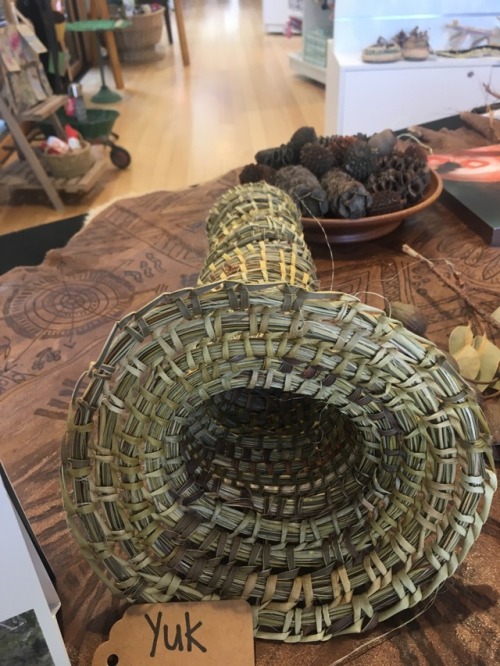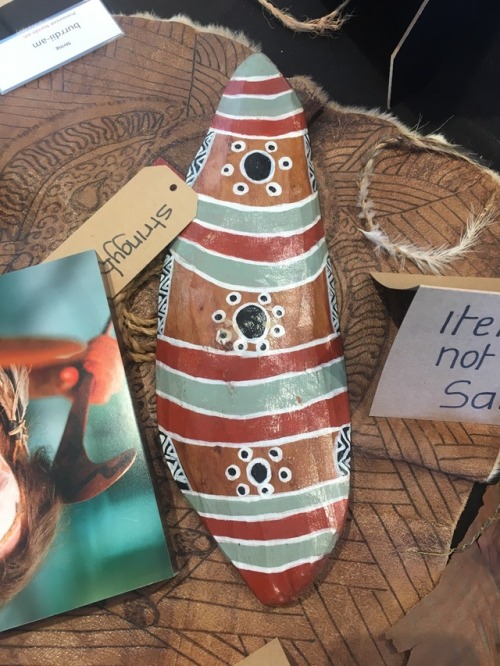#australian history
“If the order is given to fire, don’t let me see any rifle pointed in the air; fire low and lay them out”, Lieutenant-Colonel Tom Price told his troops the day before confronting striking maritime workers in 1890. While no-one was shot, the action against workers continued a tradition of using troops to put down Indigenous and convict resistance and unrest in colonial Australia.
Fast forward to last month, when Prime Minister Scott Morrison refused to rule out the use of the armed forces on the wharves against workers who, he said, were “holding the country to ransom” with “straight-out extortion”. Striking workers in Australia have often been threatened with military force.
Troops were first used at the Lambton Colliery in the Hunter Valley in 1888, but their most notorious use was in the deep recession several years later, when the military was used against striking waterfront workers and shearers.
READ MORE: Using soldiers to smash strikes
Post link
The 1970s promised so much—gay liberation had broken through homophobic hate, and life for LGBTI people was being transformed. As the 1980s arrived, so too did homosexual law reform, anti-discrimination laws, gay media and a thriving gay culture. But then came a mysterious disease that seemed to target gay men, its cause and mode of transmission unknown. Suddenly, gay sexuality was stigmatised all over again, with panicky headlines referencing a “gay plague” or, in the case of Melbourne’s Truth newspaper, the overtly homophobic “Die, you deviate”. Talk of forced quarantining, compulsory testing and surveillance of gay men was everywhere.
In the US, President Ronald Reagan refused to utter the word AIDS in the first four years of the crisis, despite 60,000 being infected and 28,000 dying. As late as 1987, the US Congress banned the use of federal funds for AIDS prevention or for education that was in any way supportive of homosexuality. “Nobody left those years untouched”, wrote journalist David France, “not only the mass deaths—100,000 in New York alone—but also the foul truths that a microscopic virus had revealed about American culture: politicians who welcomed the plague as proof of God’s will, doctors who refused the victims medical care, ministers and often parents who withheld all but the barest shudder of grief”.
But LGBTI people were coming out of a period of activism and, despite the initial shock, were prepared publicly and defiantly to fight any attempt to take away what they had won.
READ MORE: Silence = death! Action = life! Activism in Australia’s AIDS crisis
Post link
For most of the twentieth century, left-wing politics in Australia was dominated by the Stalinist politics of the Communist Party of Australia (CPA) and its various offshoots. While never in a position to challenge the ALP as the leading force in the working-class movement, the CPA – which per head of population became the largest Communist party in the English-speaking world—built a powerful presence in the trade unions.
For decades, committed Communist activists played leading roles in innumerable workplace struggles and community campaigns. Consequently, the party built an influence that went well beyond the ranks of its formal membership.
It had enormous influence on the outlook of the Labor Party left. That influence was reflected in the fact that, when pro-Moscow loyalists split from the CPA in the early 1970s, the NSW Labor left split along similar lines. The party also had a powerful impact on intellectual, artistic and small-l liberal circles.
Though worker Communists played a positive role in many struggles, the overall impact of the CPA’s Stalinist politics on the workers’ movement was disastrous. The CPA’s championing of the murderous regimes in Russia, Eastern European and China as workers’ paradises discredited the very idea of socialism.
READ MORE: 100 years since the founding of Australia’s Communist Party
Post link
“Battle of Pozieres Ridge. Troops of the 1st Australian Division (1st ANZAC Corps), some wearing German helmets, photographed between La Boisselle and Pozieres on their return from the taking of Pozieres, 23 July 1916.” By John Warwick Brooke.
Source: Imperial War Museum.
Post link
John Storey, I am a lesbian and beautiful,1971
Out of the Closets exhibition, Edmund Pearce Gallery, Melbourne, 2014
Post link
In the early years of colonial Australia, rather than having a local mint to make regular currency the local economy operated on the barter system, with the various transported convicts being paid with alcohol rather than cash.
The side effect of this is that many local businessmen, many of whom either were in the military or were former military and thus had control over who got land and resources, could naturally rig things in such a way that they would make exponential profits by, say, illegally importing stills to inflate their profits, for one example.

Bligh was eventually vindicated years later, with the New South Wales Corps getting recalled back to Britain, with MacArthur in particular being unable to return to Australia due to him having to face charges regarding his, you know, overthrowing the government to maintain his corrupt business practices.
Oddly,it has recently been reported that in Western Australia the practice of Beer Bartering has actually made something of a comeback, with some groups around Perth deciding to use beer to purchase things like cars rather than using actual currency.
Post link
Following the discovery of gold outside of San Francisco in the 1840s, thousands flocked to the city on the way to the gold fields. While some traveled across land, but many chose to get there by ship, and as a consequence of majority of the crews also abandoning ship to go and look for gold alongside the passengers.
The result was San Francisco Bay quickly filling up with empty ships like an airport car-park as captains were left with no crew to sail their boats on to their next destination. Eventually the ships were themselves stripped of furnishings and anything else useful, and some were consequently brought ashore to be used as building materials in the city proper.

Amusingly a high number of the folks that sailed to San Francisco during the gold rush were actually Australians, who came to the city in such numbers it lead to the establishment of an unofficial Sydney Town. The local San Franciscans didn’t take kindly to the arriving Australian gold prospectors, whom they called “Sydney Ducks“, and accused them of bring crime and drunkenness to the city.
Many of these Australian prospectors would end up returning home (followed by many Americans going the opposite direction) following the discovery of gold in Australia in 1851, however.
Post link
March 19th 1932: Sydney Harbour Bridge opens
On this day in 1932, the Sydney Harbour Bridge was opened. There had been discussions of building a bridge to connect the northern and southern shores of Sydney Harbour for years. In 1924, the contract for the bridge was given to English firm Dorman Long and Co. Ltd. and work began on the bridge; work was overseen by J.J.C. Bradfield. There were fears that the two sides of the arch would not align properly, but in August 1930 the two halves met perfectly. Sixteen workers died during construction, most from unsafe working practices. The opening ceremony took place on March 19th 1932, and though the Premier of New South Wales Jack Lang was supposed to cut the ribbon, he was interrupted by an intruder who slashed the ribbon with his sword and declared the bridge open. The man was Francis de Groot, a member of a right-wing paramilitary group who opposed Lang’s leftist policies and the fact that a member of the Royal Family had not been invited to open the bridge. The ribbon was retied and Lang officially opened the bridge. The festivities to mark the opening included floats and a procession across the bridge by members of the public. Thousands of people turned out to see the opening of Sydney Harbour Bridge - a triumph over Depression times.
Post link
New Year Greetings from the Sydney Botanical Gardens, Australia, in 1908.
(Royal Australian Historical Society)
Post link
The cast of the Adamstown Public School Christmas Play. Adamstown, New South Wales, Australia. December 1st 1940.
(State Archives NSW)
Post link
Grace Fairley Robinson (1870-1948) was one of the two first women to graduate in Medicine from the University of Sydney in 1893. University testimonials referred to her ‘zeal, energy and enthusiasm’.
Grace was nominated for a position at the Hospital for Sick Children. Despite excellent references, her application was rejected: the objection was ’not against [Dr Robinson] as an individual but against the female doctor in the abstract’.
She was appointed resident medical officer at the Benevolent Asylum, Pitt Street. In 1909 Grace became assistant medical inspecting officer with the Department of Public Instruction. In 1912 Grace had formed the Professional Women’s Association, dedicated to improving social conditions for women and children. She was convenor (1913-26) of the standing committee on health for the National Council of Women of New South Wales, a founding member (1921) of the State branch of the League of Nations Union and vice-president of the Town Planning Association. In 1923-26, as medical director of Berlei Ltd, she had responsibility for the health and welfare of nearly six hundred female employees and for collaborating with designers on the ’correct anatomical lines of their garments’.
(State Archives NSW/Australian Dictionary of Biography)
Post link
Australia’s first newspaper,The Sydney Gazette and New South Wales Advertiser, was first printed, on this day, 5th March 1803 .
George Howe, one of the early convicts to arrive in New South Wales, was responsible for creating the colony’s first newspaper. George Howe was born in the West Indies but was well-educated and he had extensive printing experience. His original death sentence for shoplifting in England was commuted to transportation to New South Wales. His skills in printing were immediately put to use for the publication of government documents. In 1802 he issued the first book printed in Australia, “New South Wales General Standing Orders”, which listed Government and General Orders issued between 1791 and 1802. Copies are held in the State Library of NSW.
Howe was also permitted to commence Australia’s first newspaper, which he printed from a shed at the back of Government House. On 5 March 1803, publication commenced of “The Sydney Gazette and New South Wales Advertiser”. Initially it was printed weekly, and held four portfolio pages of official material, with a small number of private notices. Early editions comprised shipping news, auction results, crime reports and agricultural notices, poems, literature and religious advice.
The Sydney Gazette.. remained the only newspaper in Sydney until the appearance of explorer William Wentworth’s “The Australian” in 1824.
Australia’s first newspaper is celebrated in this stained glass window in the Mitchell Library Reading Room at the State Library of New South Wales.
It portrays George Howe presenting a copy of the first issue to Governor Philip Gidley King. Next to Governor King is his son Phillip Parker King, and standing behind the printing press is his wife, Mrs King. The small boy partially obscured on the left of the scene is George Howe’s son Robert.
Originals of the Sydney Gazette..newspaper are held in the State Library of New South Wales and have been digitised and are all available on Trove.
Post link
On This Day In History
May 1st, 1946: The Pilbara strike, a strike by indigenous Australian pastoral workers for human rights, fair wages, and better working conditions, begins. It involved more than 800 workers walking off from their jobs and lasted for over three years.
Strikers were met with violence and unlawful arrest but ultimately won their demands. The 1946 Pilbara strike is remembered as the first and one of the longest industrial strikes by Aboriginal people since colonization.
Blue Mountaineers on Narrow NeckbyJames Starkey, 1927-8
L-R, Osmar White, Jean Kilner - behind is her father John Kilner, two unknown women, Jim Starkey.
Post link
Twin FallsbyGeorge Druce, 1910
Located below Linda Falls, Leura, where two small streams join to form a pool. The area is known as Fairy Dell. Known by this name prior to 1914.
“Two exqusitely pretty falls converge, these are the Twin Falls, and the home of their grace and charm is aptly called The Fairy Dell.”
The woman in the photo may be Ellen Lucy White, whom George Druce married in 1920.
Post link
Arsenal’s Lydia Williams: ‘I’d love to inspire the next generation of Indigenous athletes’
From a sporting point of view, her hero is the Sydney Olympics 400m gold medallist Cathy Freeman who became the second Indigenous Olympic champion, after Nova Peris. “I still get goosebumps whenever I watch that video,” says Williams. “She had the whole nation and a whole culture on her shoulders. And she was just so cool, calm and collected throughout the whole thing. And the whole country remembers it.
“I’d love to do that myself and inspire the next generation of athletes, not just footballers, but athletes and especially Indigenous athletes. There’s such an untapped talent pool there and just love to go out into different communities and just inspire that generation to dream big and make it for themselves.”

